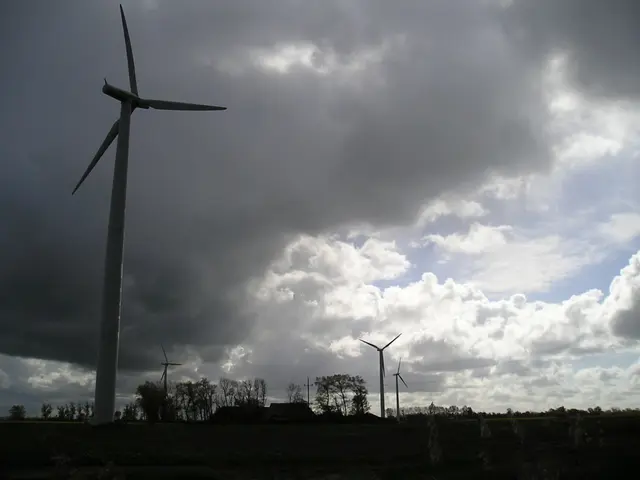The JN.1 variant, a descendant of BA.2.86, has taken center stage in the Northeast of the United States. The Centers for Disease Control and Prevention (CDC) has reported a notable increase in Covid-19-related hospitalizations in the last four weeks.
This subvariant, also known as "Pirola," originates from the Omicron lineage. Worldwide, JN.1 is the most prevalent variant, accounting for 70-90% of infections in four out of six global regions. In the United States, JN.1 was responsible for around 62% of COVID-19 infections by early 2024.
While JN.1 can circumvent some immune responses built up by vaccination and previous infections, recent versions of the COVID-19 vaccine that target XBB.1.5 provide some protective cross-reactivity against JN.1. Two countries, Singapore and Indonesia, have recommended wearing masks at airports due to the high prevalence of JN.1 in Singapore.
The symptoms of JN.1 are similar to those experienced with BA.2.86 and its parent lineage, Omicron. They include a sore throat, congestion, fatigue, mild fever, headache, body aches, and a cough. These symptoms typically peak within 3 to 5 days and then gradually improve. JN.1 carries a low risk of severe illness, although individuals with high-risk conditions or who are unvaccinated may experience more severe symptoms.
The world has seen a decline in the overall number of infections, but JN.1 is responsible for the majority of these cases. Public health officials call for continued focus on vaccination and to benefit from the protection that current vaccines provide against variants like JN.1 during this season.








